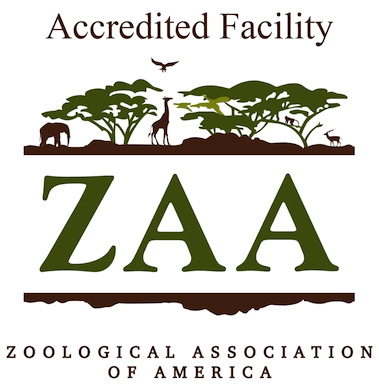Nancy Vandermey, Author
Earthwatch: Mexican Forest Wildlife
The Earthwatch Institute is an international nonprofit organization which supports scientific field research worldwide through volunteers and scientists working together to improve our understanding of the planet. Through volunteer participation in field research, Earthwatch helps scientists gather data and communicate information that will empower people and governments to act wisely as global citizens.
I chose to sign up for the "Mexican Forest Wildlife" expedition, which studies the small carnivores of the Chamela, Jalisco, Mexico area.
The study takes place at the Chamela Biological Station, which has comfortable dorm rooms for volunteers to stay at. Volunter duties are mainly to walk/hike the trap lines twice a day, in morning and evening, to check if any animals have been caught. There are 5 trails, all with different highlights - from Calandria's great viewpoints one and two, riverbed walk, and steep uphill scramble, to Tejon's variations and steep downhill stairs, Ardilla's ups and downs, Central's riverbed, and Norte's endless small traps. Wire cage traps are used mostly. Study animals include coatis, hog nose skunks, pygmy skunks, jaguarundis, coyotes, raccoons, margays, foxes, bobcats, and ocelots.
Also present nearby are cougars and jaguars, which are the subject of a different study. Many other animals enter the traps and get caught, like opossums, mice, pigeons, and hawks. Animals are lured into the traps using either chorizo sausage or live chicks. Opossums can't usually get through the chicken wire keeping the chick in the cage, but the study animals can, and get a chicken dinner for their ordeal. All volunteers from other trails then gather at the trapped animals' cage. The PI's, Carlos and Alberto, then sedate the animal so a radio collar can be fitted and it's ears tagged. A general health check is also performed. Then the volunteers get to pose with the groggy animal - we caught & tagged two ocelots, a one year old male and an older female. Here's Alberto removing the sedated male from the trap. Here's both PI's with the sedated female. If study animals are found as road kill, they are collected and examined as well-this is the pelt of an ocelot killed the week before I arrived.
Another part of the study was monitoring scent stations, an area of soft dirt with a smelly tablet to attract animals to walk over the dirt. We set up several at a nearby mango plantation and cattle area to assess how these land uses affect the biodiversity of an area adjacent to the reserve. We also hiked the Rio Chamela to collect scat, found ocelot scat in a culvert, and set up infrared camera traps along another riverbed, which we think snapped a picture of a cougar.
In addition to the study animals, we saw a wide variety of creatures at the reserve and nearby, including iguanas, bats, tarantulas, green snakes (one eating a toad), Boa, butterfly clusters, purple butterflies, water birds, kingfishers, and chacalacas - a local bird resembling a pheasent/turkey cross.
We had the afternoon hours off between trap line checks, and our PI's were very accomodating tour guides, taking us to several local beaches - Negritas is very beautiful, and has an overlooking palapa with an incredible view. Another beach was also beautiful, and even better, had cold beers available. Another beach we went to at sunset- this beach has a great restaurant, Xametla, where we ate dinner twice - the fish was great! (And the tequilla too).
The trip was over all too soon, and we had to head back to Manzanillo to fly home. My first Earthwatch trip was very interesting, thanks to all the great people there!
|


